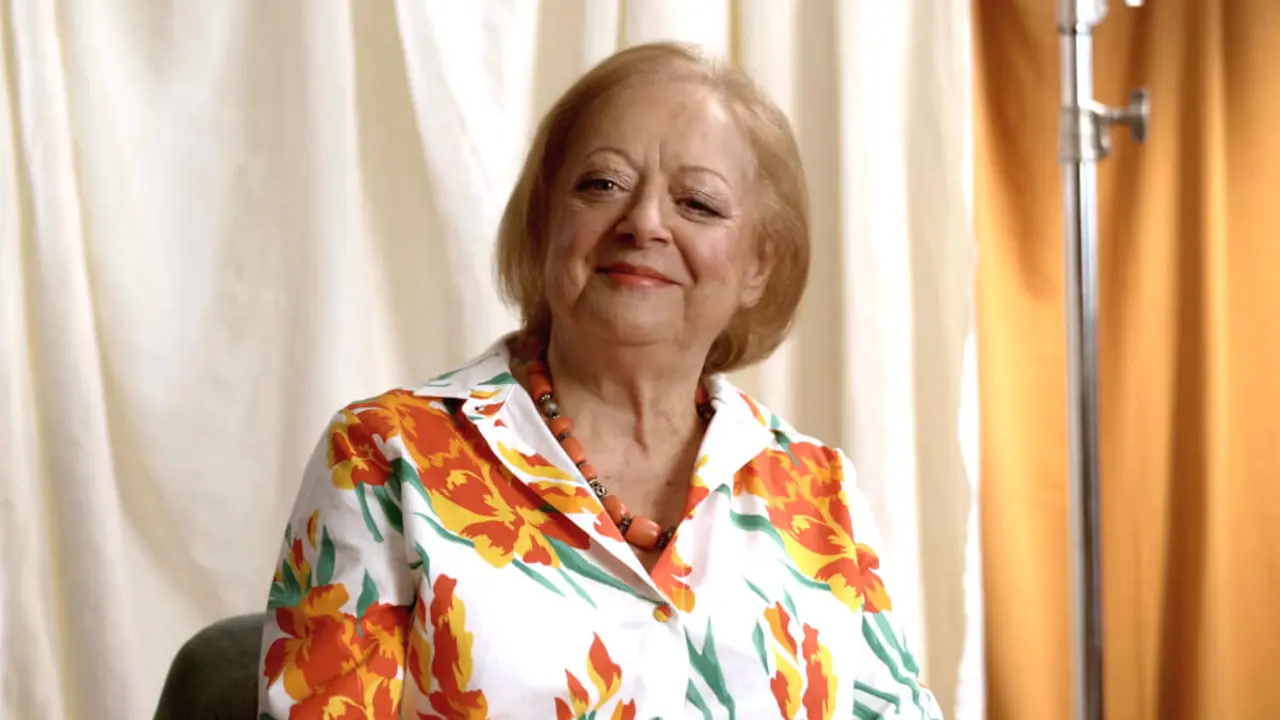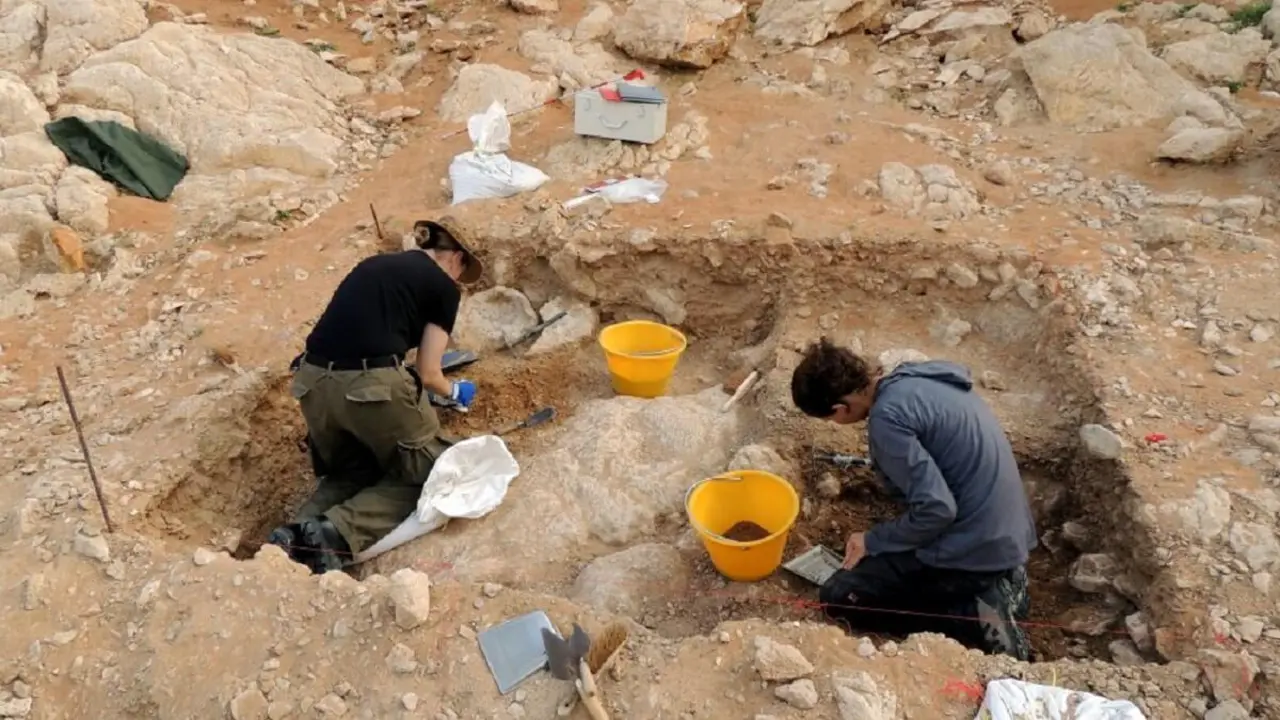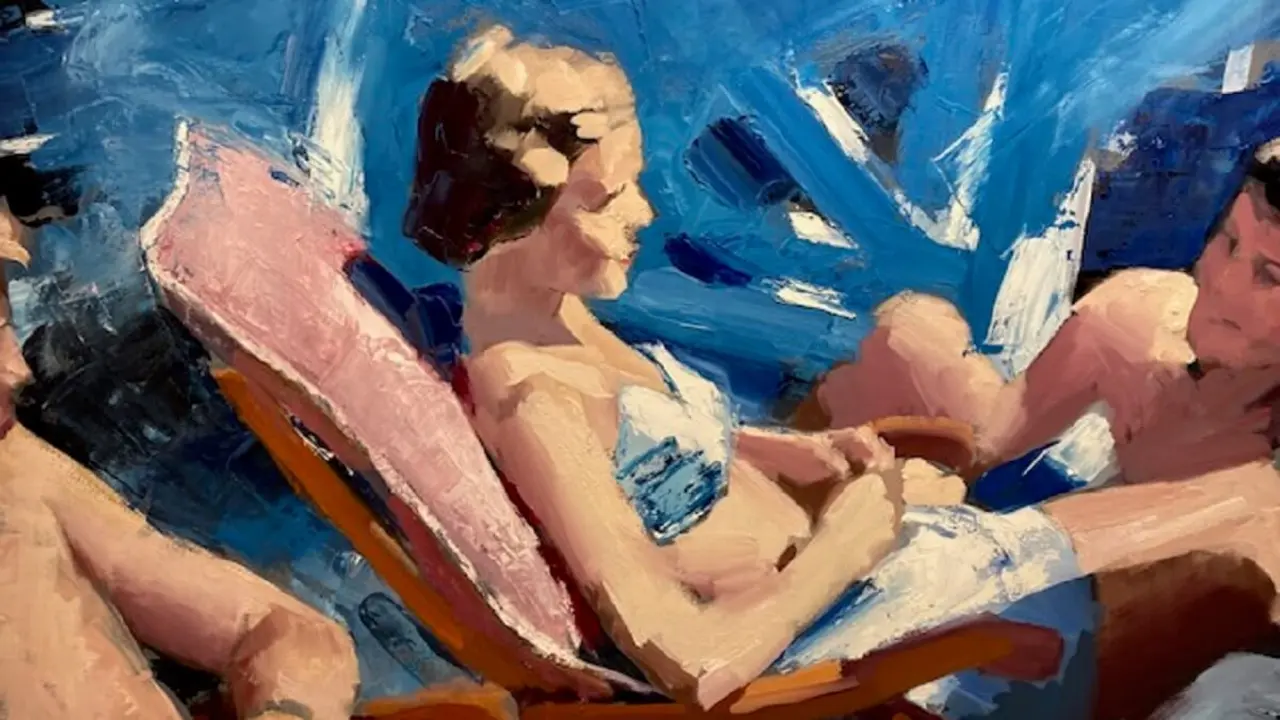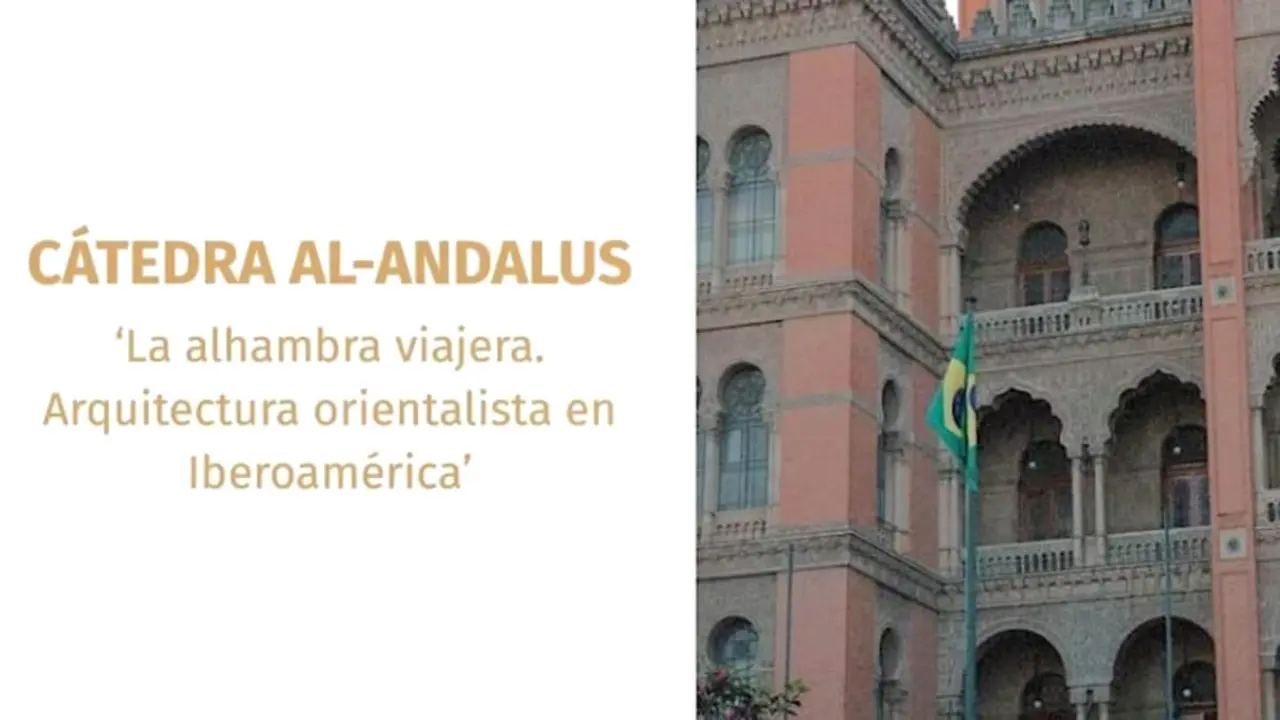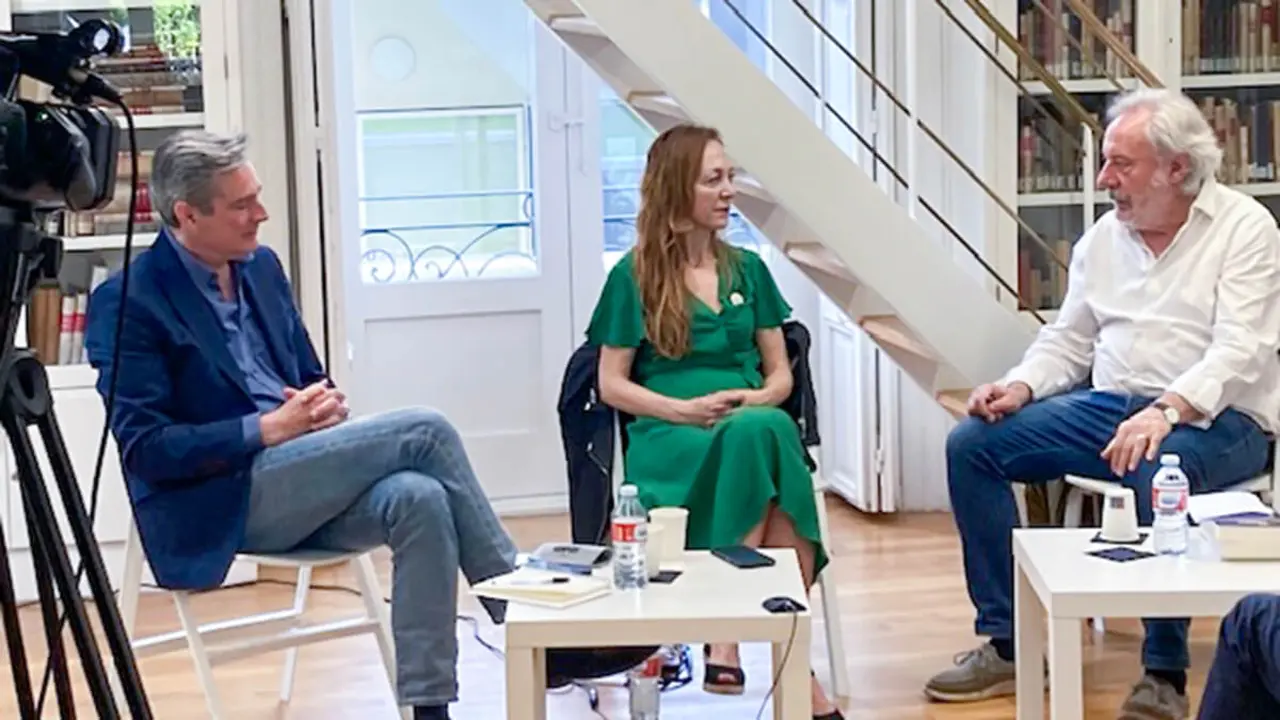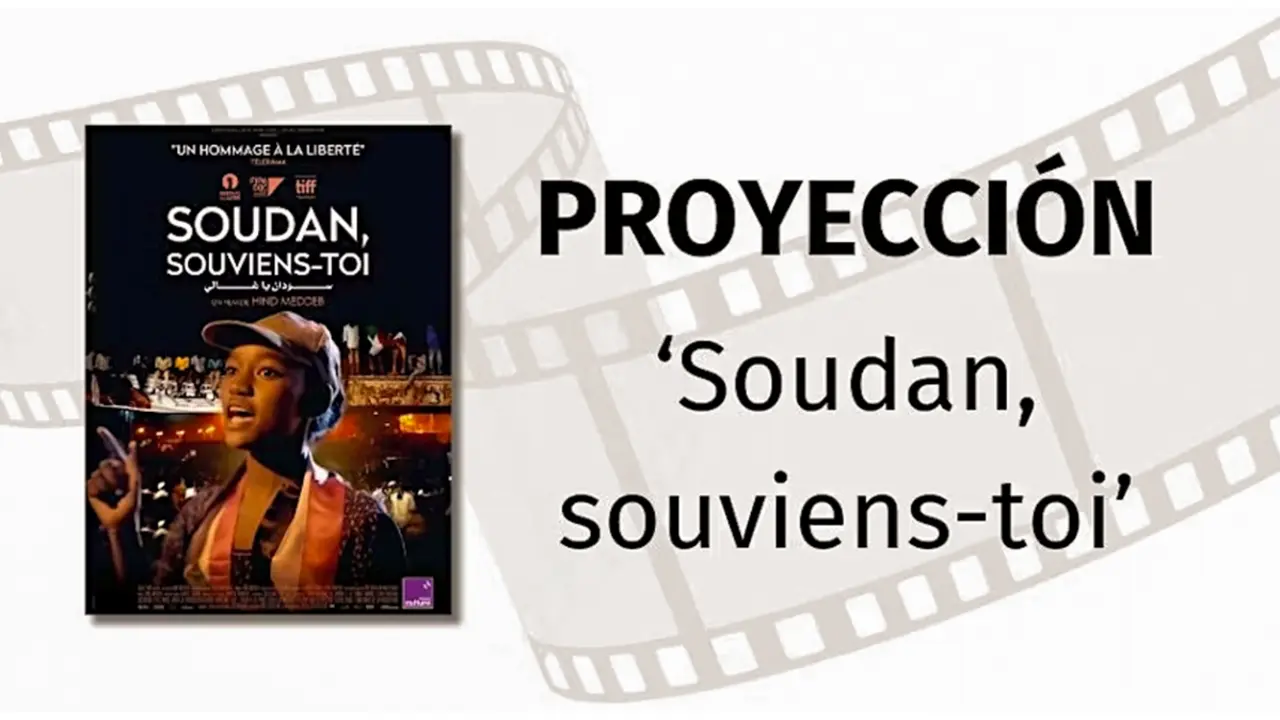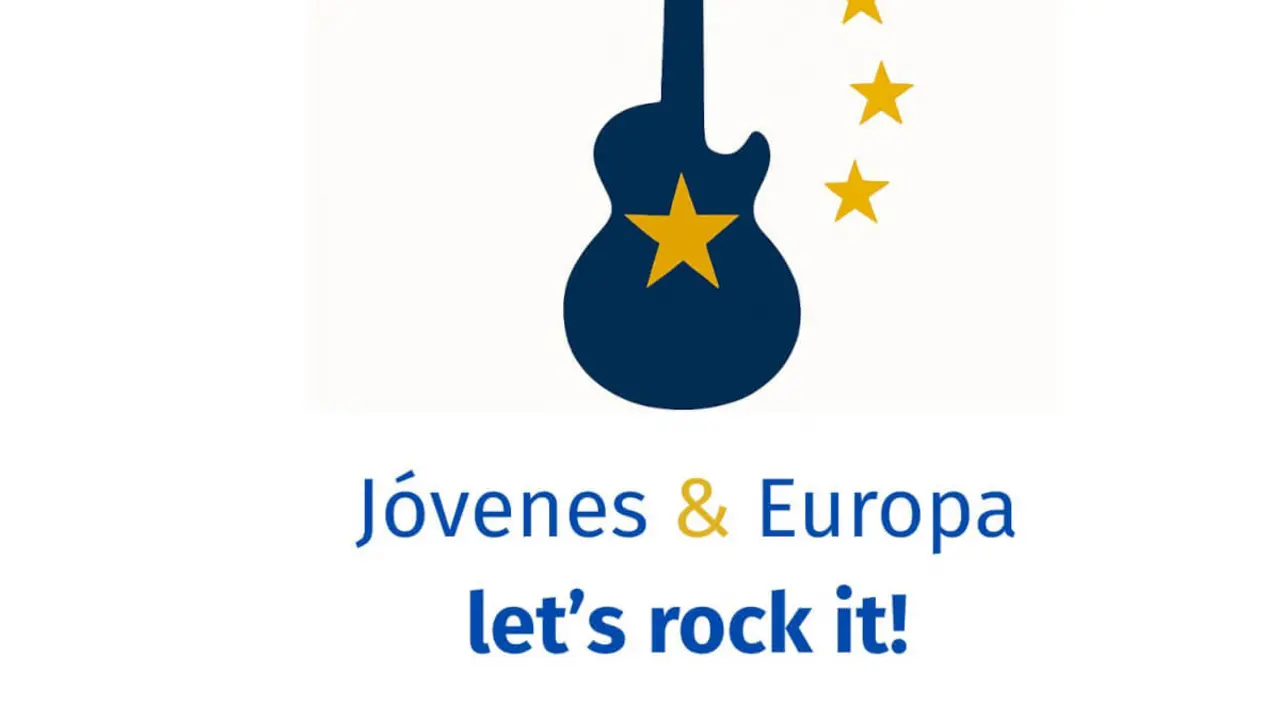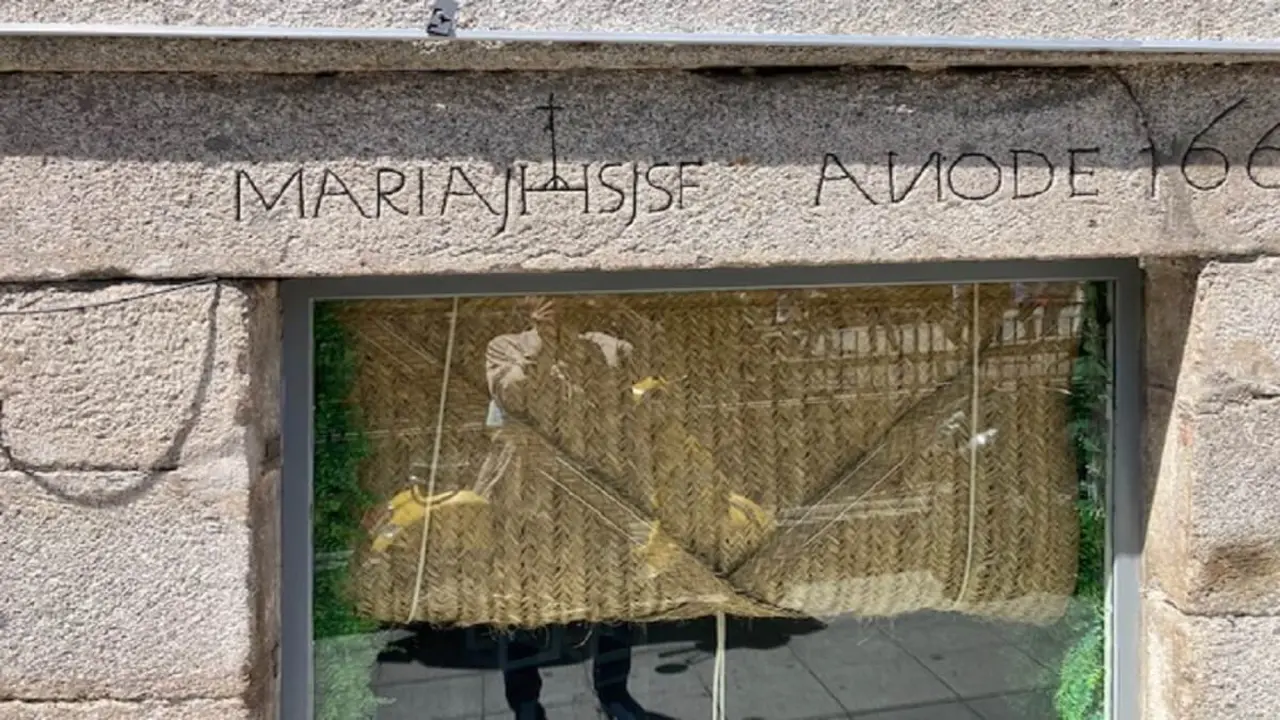Ángela Molina hands over a dress from 'Las cosas del querer' to the Cervantes Institute's Caja de las Letras

The actress Ángela Molina (Madrid, 1955) presented the director of the Cervantes Institute in San Sebastián, as a legacy for the Caja de las Letras, with a jet-black taffeta dress that she wore in 'Las cosas del querer', a film by Jaime Chávarri (1989) in which she starred alongside Manuel Bandera. Luis García Montero received the legacy and announced his intention to make it part of the museum of culture that the Institute wants to create as a complement to the Heritage Library, which opened this year.
The ceremony of handing over the colourful long dress with cleavage and ruffles, placed on a mannequin, was held in an event open to the public as part of the Annual Meeting of Directors that the Cervantes Institute has organised at the Tabakalera cultural centre in San Sebastian, and which was inaugurated on Monday by Queen Letizia.
Visibly moved, Ángela Molina read a speech that began with "thank you for being here, with all the treasure that it means to accompany each other". She confessed her "serene joy at handing over tonight something hopelessly linked to me", such as "this black taffeta tail dress that offered me its impulse during the filming" of that successful film.
And she added: "Although in cinema the image is its purest essence, words have been a home in my life". That is why she vindicated the word: "What we say to each other serves to communicate ideas, feelings..., but its destiny is to express that we love each other".
Luis García Montero wanted to highlight not only the "exceptional career" and talent of the actress, recognised when she was awarded this year's Goya of Honour, but also her authenticity. She is, he said, "a fundamental actress in the history of contemporary cinema", who began very young with Luis Buñuel and worked with directors of the stature of Jaime Chávarri, Gutiérrez Aragón, Bigas Luna and Pedro Almodóvar.

In short, she is a "highly acclaimed" actress, whom he thanked for her willingness to be present at the Caja de las Letras. It will be in a few days, when both should coincide to leave the dress in the box number 1275 of the vault of the Cervantes' headquarters in Madrid, together with the legacies of heavyweights of our cinematography such as directors like Berlanga or Gutiérrez Aragón, or performers like Nuria Espert or Ana Belén, among others.
Ángela Molina also holds the 2016 National Film Award, the 2012 Gold Medal of the Film Academy and the 1986 Silver Shell at the San Sebastian Film Festival for her performance in 'La mitad del cielo'.
This was followed by a screening of the Franco-Spanish film Ese oscuro objeto del deseo (1977). Ángela Molina, co-star of this last film by Luis Buñuel, closed with her presence the cycle that the Basque Film Library (based in Tabakalera) has dedicated to the great Aragonese filmmaker. The actress recalled with deep affection this "director with the soul of a poet, a being out of time, a brave genius who knew how to let himself be accompanied by mystery".
Ángela Molina's "long-distance" legacy was the culmination of the second day of the Cervantes Directors' Meeting, which included five presentations and a working session led by the Secretary General.
The interventions were opened by Irene Larraza (from the Etxepare Euskal Institua) and Rosario Álvarez (from the Consello da Cultura Galega), who spoke about the situation of their languages and their promotion and teaching abroad.
The Secretary General led a working session in which the institution was reviewed, inspired by the so-called SWOT Analysis (Strengths, Weaknesses, Opportunities and Threats), a study tool that allows the real situation of any company or entity to be known.
Four directors from the central headquarters in Madrid then spoke (on Monday the directors of four centres spoke). The Director of Culture, Raquel Caleya, spoke on "Recovery, transformation and positioning"; the Academic Director, Carmen Pastor, on "Balance and strategic lines" of her management.
The Director of the Technical Office of the General Secretariat, Antonio Lázaro, spoke on the "Legal situation of the Instituto Cervantes centres abroad and the IC's code of ethics". Finally, the new Director of Technology and Digital Content, Tíscar Lara, who recently joined the organisation, presented her projects for this new stage.
Submitted by José Antonio Sierra, Hispanismo advisor.

